Ream
Ream
Ream
A ream is a unit of measurement used in the packaging industry. It typically refers to a quantity of paper sheets. In most cases, a ream consists of 500 sheets of paper.
Understanding the Ream
The term ream is essential for anyone dealing with paper products. It helps in standardizing quantities and simplifying orders. When you buy a ream, you know you are getting 500 sheets.
Why Reams Matter in Packaging
In the packaging world, knowing how many sheets are in a ream can help with inventory management. It also aids in calculating costs and ensuring you have enough materials for your needs.
Examples of Ream Usage
For example, if a company needs to print 10,000 flyers, they would need 20 reams of paper. This makes planning and budgeting easier.
Variations in Ream Sizes
While a standard ream contains 500 sheets, some industries use different sizes. Always check the specific requirements for your project.
Conclusion
Understanding what a ream is can save time and money in the packaging industry. It is a simple yet crucial concept for anyone working with paper products.
Blog Posts with the term: Ream
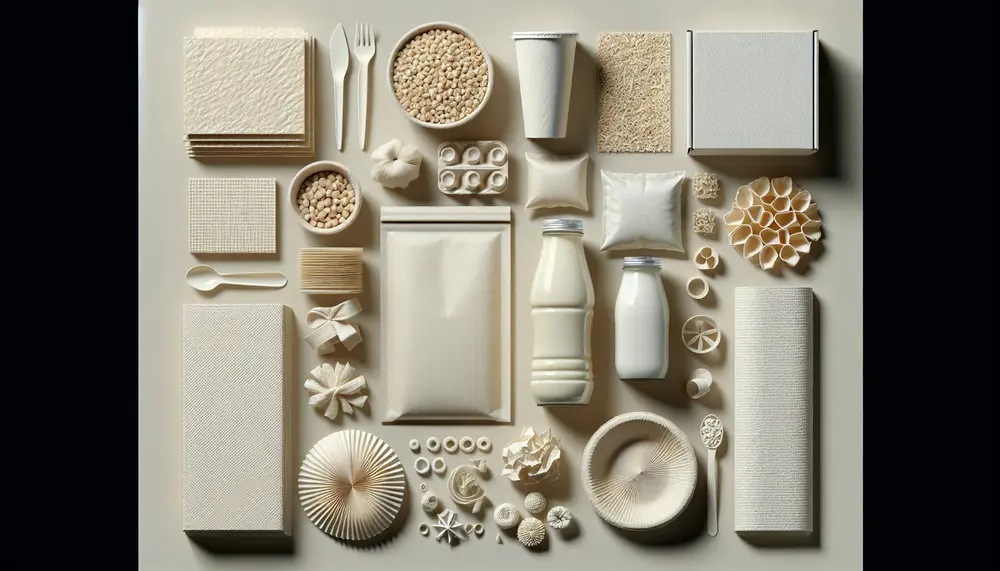
Cornstarch is a biodegradable, eco-friendly alternative to traditional packaging materials, offering similar functionalities with less environmental impact. It's used in various industries for products like containers and bags, reduces reliance on fossil fuels, and supports climate change efforts by emitting...
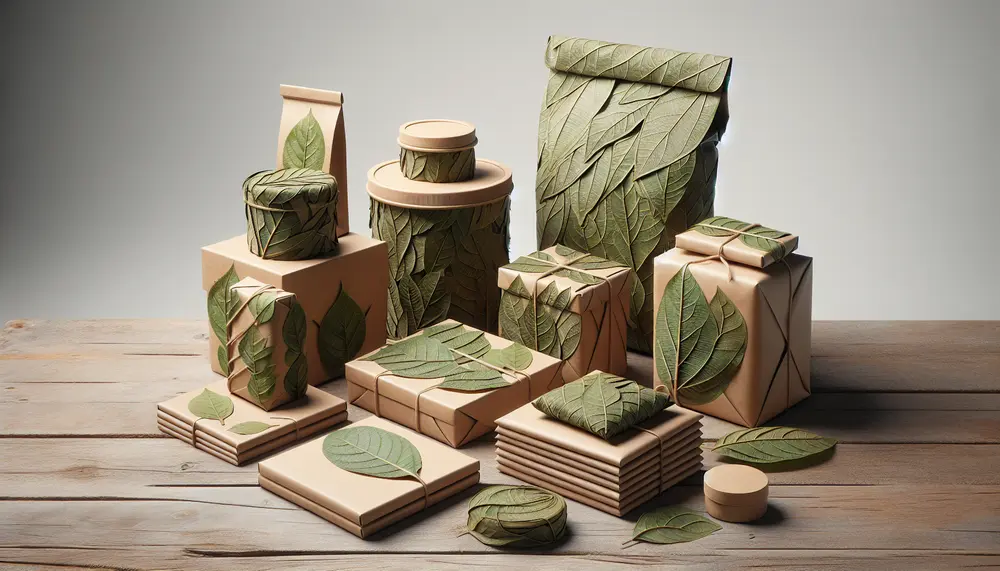
Leaf-based packaging materials are ancient practices re-emerging for modern sustainability, utilizing plant leaves as biodegradable and renewable solutions with minimal environmental impact. They reduce carbon emissions compared to plastic production, decompose rapidly without toxic residues, and align with circular economy...
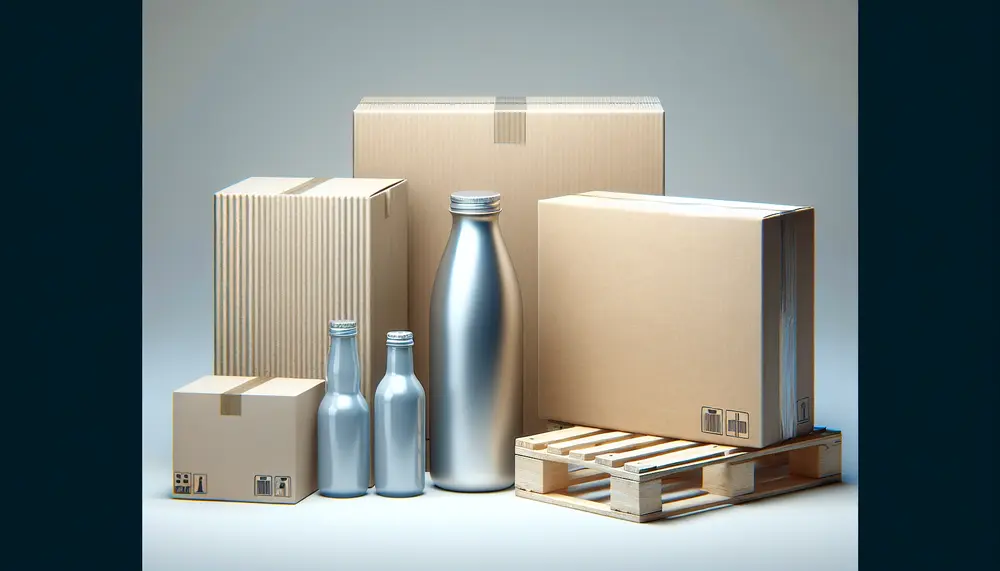
Packaging levels refer to the layers of packaging used from production to consumer, including primary (direct product contact), secondary (grouping and branding), and tertiary (bulk handling). Each level serves distinct purposes in protection, marketing, transportation, and regulatory compliance....
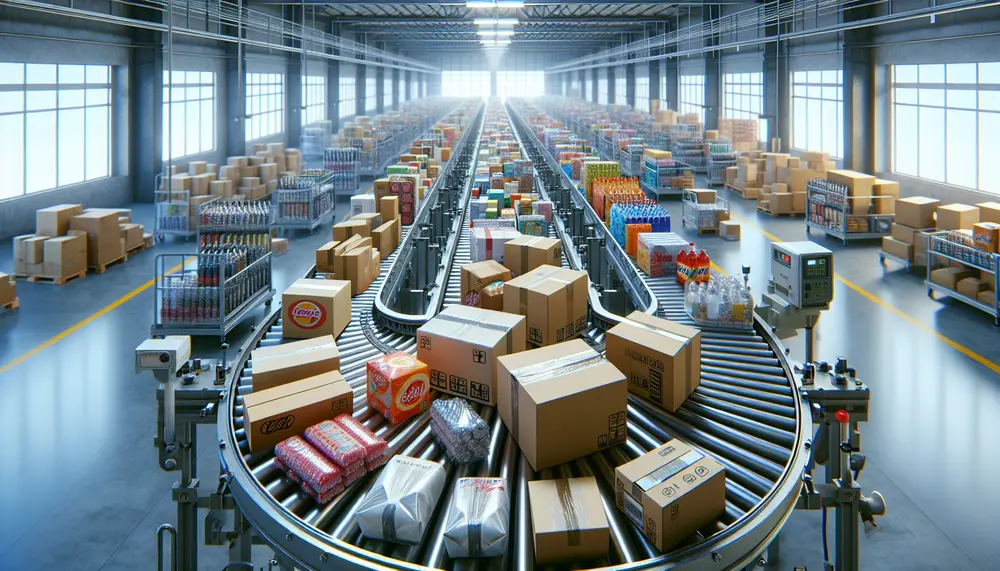
The Kenyan packaging market is valued at around $585 million, driven by sectors like agriculture and manufacturing which contribute to the GDP; growth in consumer demand has led to innovations such as small affordable packages and a shift towards sustainable...
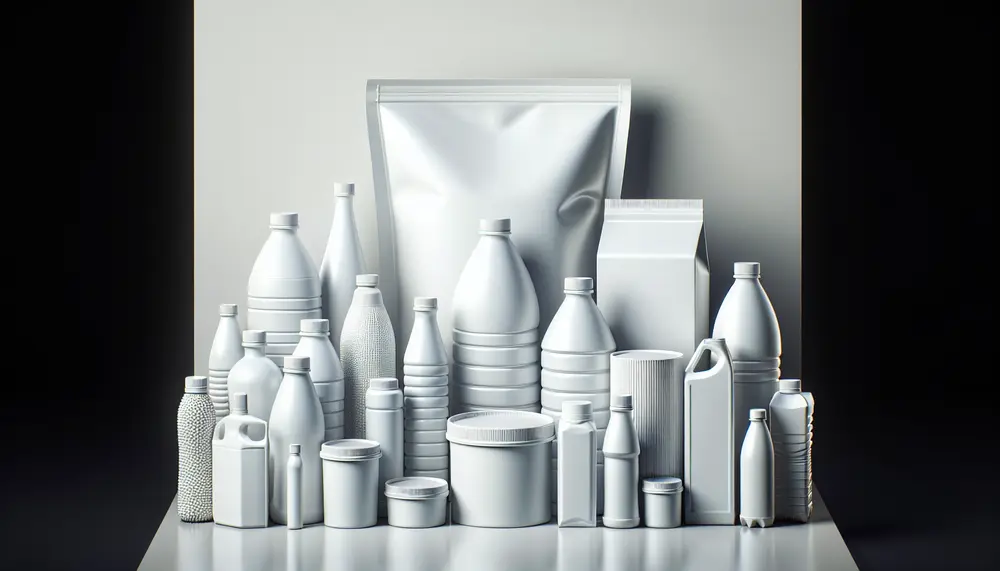
HDPE packaging is valued for its durability, lightweight nature, and resistance to environmental factors. It's versatile in shape and size customization, cost-effective during transport due to its light weight, and environmentally friendly as it's 100% recyclable. High-density polyethylene (HDPE) is a...
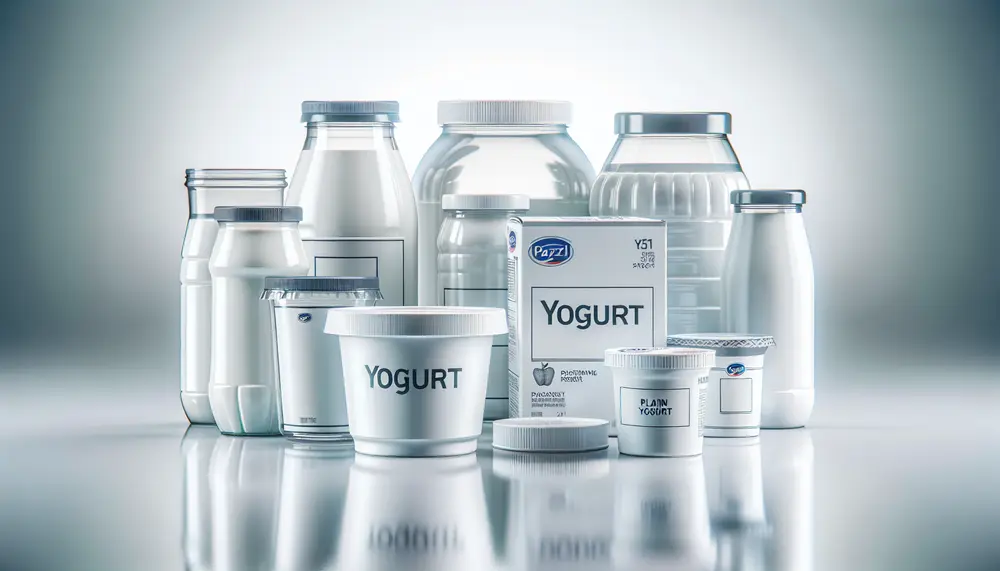
The article discusses the significance of yogurt packaging materials in preserving quality, extending shelf life, and marketing. It highlights various types of packaging like glass, plastic, composites, eco-friendly alternatives, and metal containers with their respective properties. Packaging choices for yogurt impact...
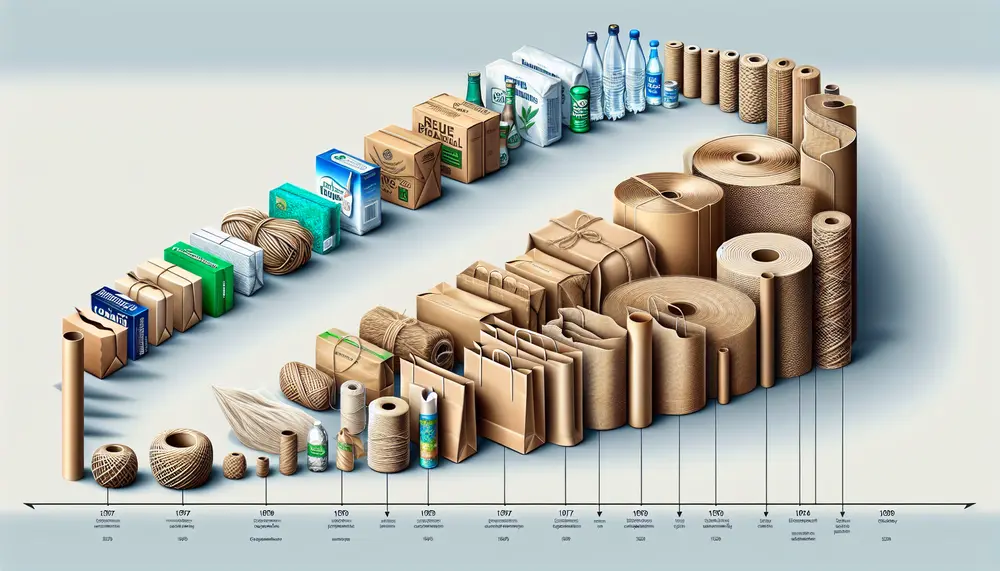
Packaging is a complex, engineered process for product protection, presentation, and preservation with functions including containment and information. It has evolved to incorporate user experience, environmental considerations, and technological advancements. Historically packaging materials have advanced from natural resources to modern lightweight...
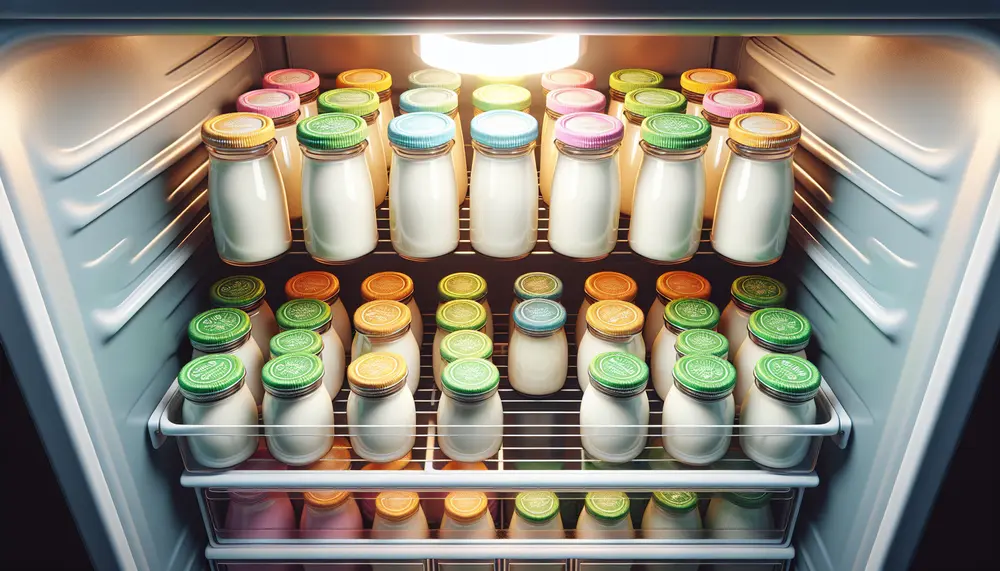
Yogurt packaging is essential for maintaining freshness, quality, and safety; it requires an effective barrier against oxygen and light, strength during transportation, regulatory compliance for food contact, and advanced sealing technology. Innovations in the market include smart features like freshness...
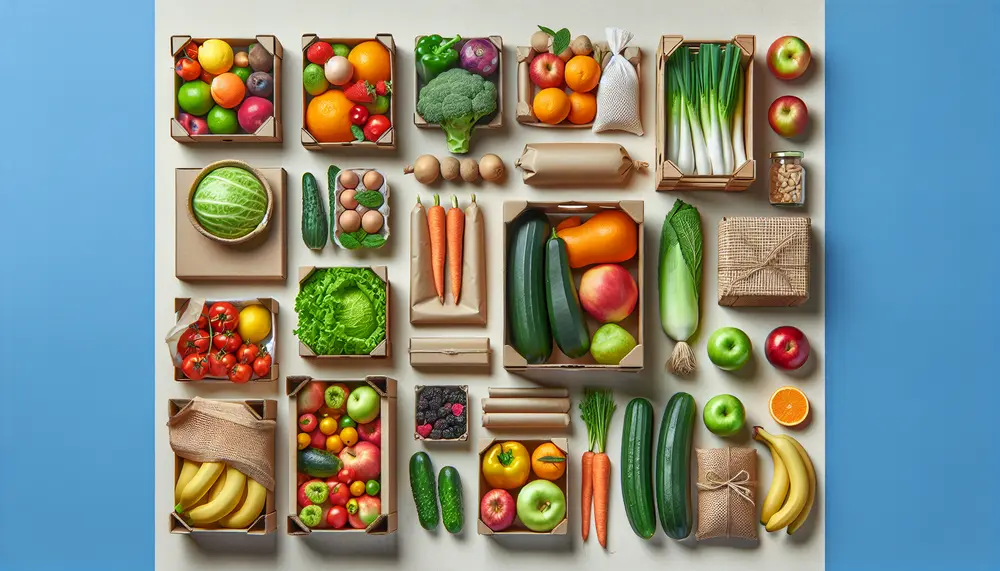
Packaging in agriculture is crucial for protecting produce from farm to market, maintaining quality and freshness, and enhancing logistical efficiency. It reduces waste, ensures food safety, aids branding, and supports global trade by enabling access to wider markets....

Glass packaging is valued for its durability, inertness, and transparency, ideal for storing various products while being 100% recyclable. Different types of glass like borosilicate and soda-lime are used in packaging due to their unique properties such as thermal resistance...
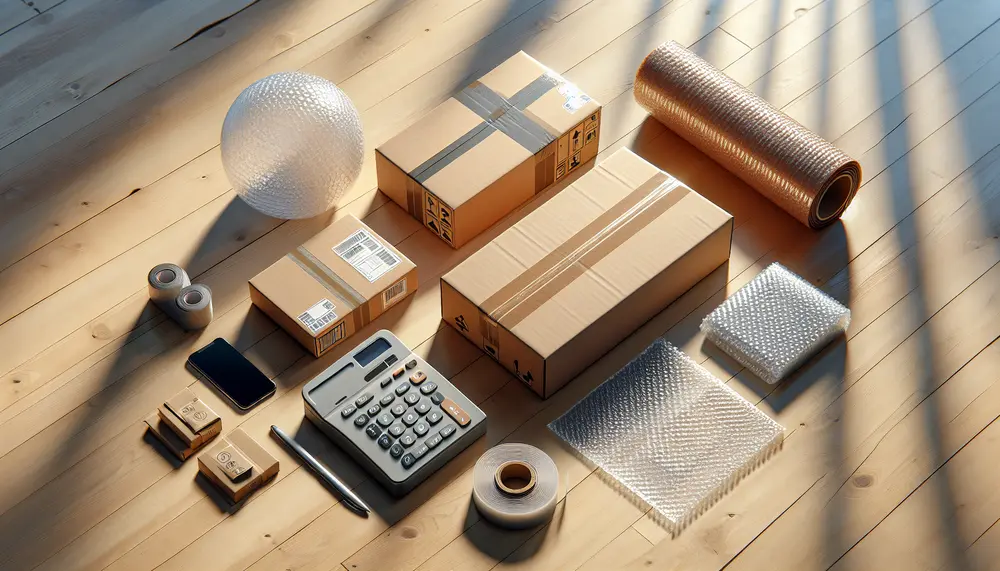
The packaging HS code is a ten-digit number essential for international trade, determining tariffs and ensuring compliance with regulations. It's part of the Harmonized System used globally by customs to classify products, where the first six digits are universal and...
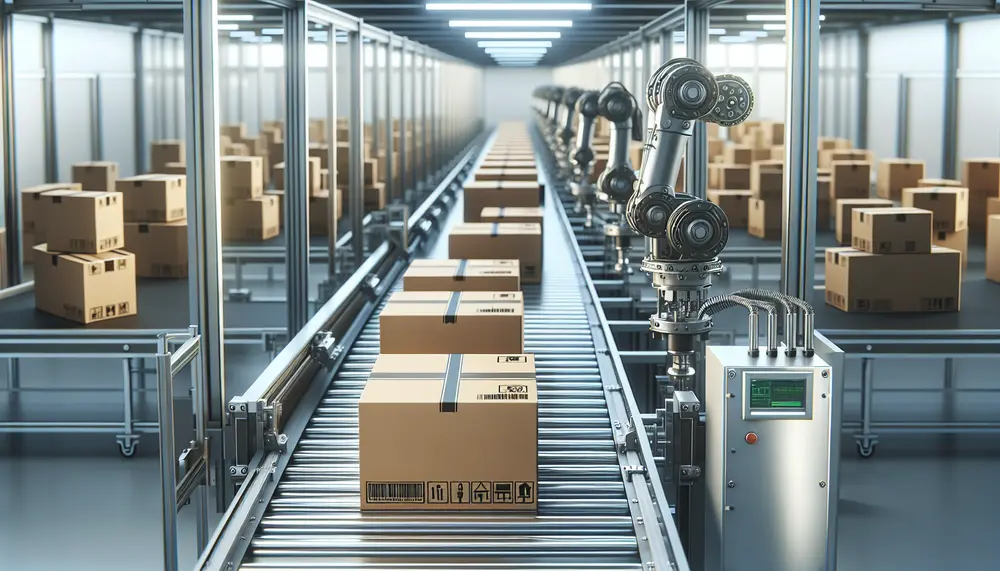
The packaging industry's value chain encompasses material procurement, design and development, manufacturing, distribution, marketing, sales, and after-sales service. Challenges such as environmental regulations, consumer demands for sustainability, cost volatility, technological advances, globalization issues, and supply chain complexity necessitate strategic planning...
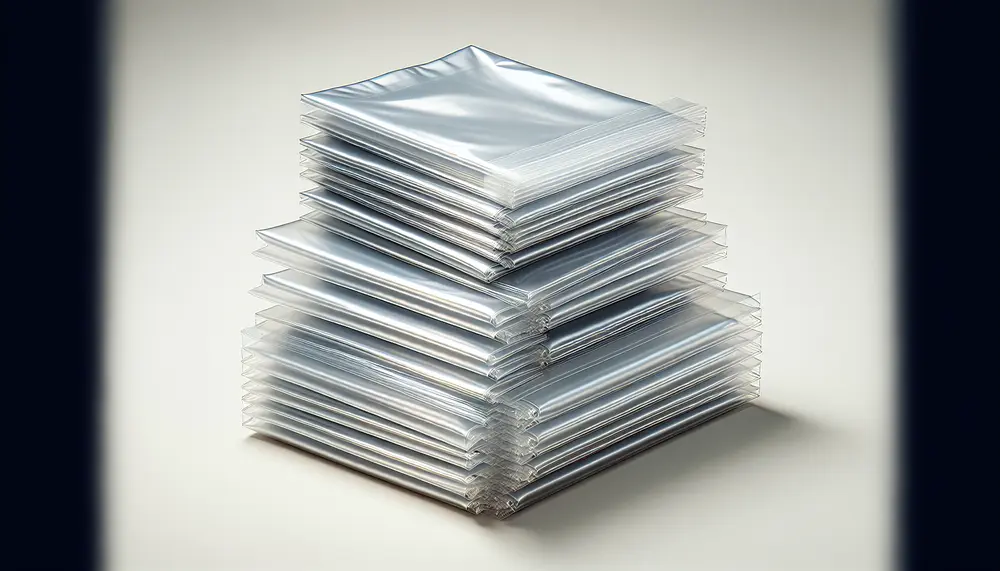
OPP bags, known for their strength and clarity, are essential in packaging for protection, presentation, and preservation of products. They offer advantages like durability, resealability, cost-effectiveness but have drawbacks such as being non-biodegradable; various types exist to suit different applications. Different...
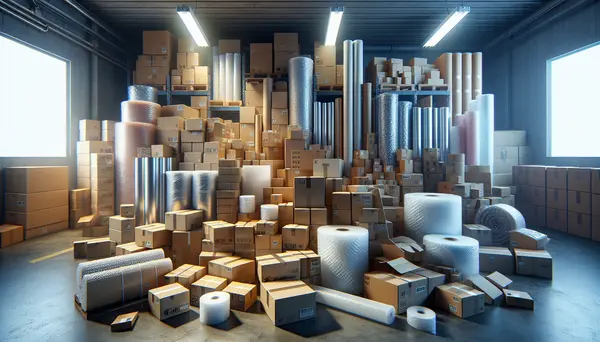
The article explains the importance and role of Packaging Harmonized System Nomenclature (HSN) codes in the packaging industry. HSN codes, introduced by the World Customs Organization, are used to classify traded products globally for standardization, facilitating international trade, simplifying taxation...
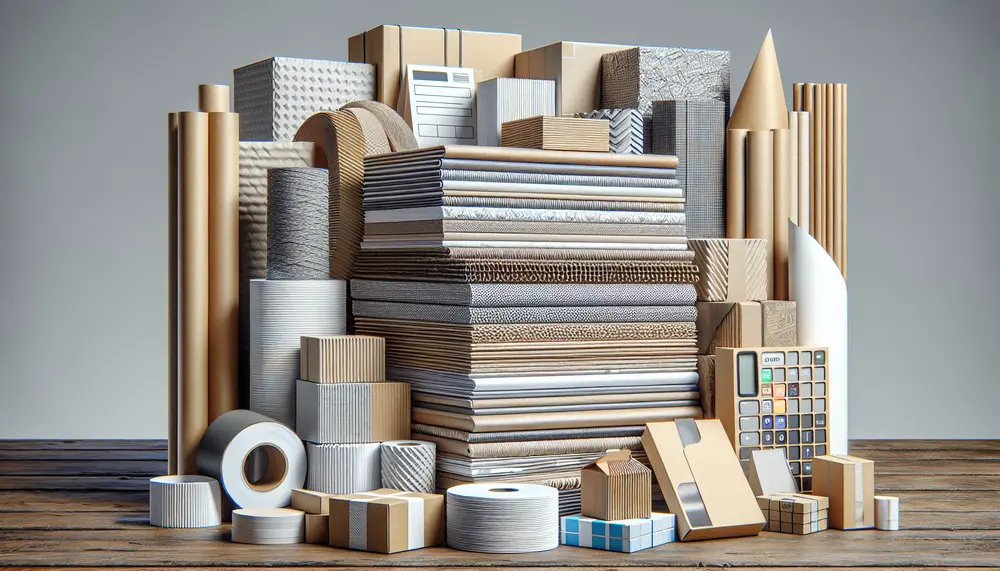
Duplex paper is a two-layered packaging material known for its printability and structural integrity, widely used across industries due to its visual appeal and sturdiness. It's also eco-friendly, being recyclable and often made from sustainable sources. Advancements in duplex paper manufacturing...
